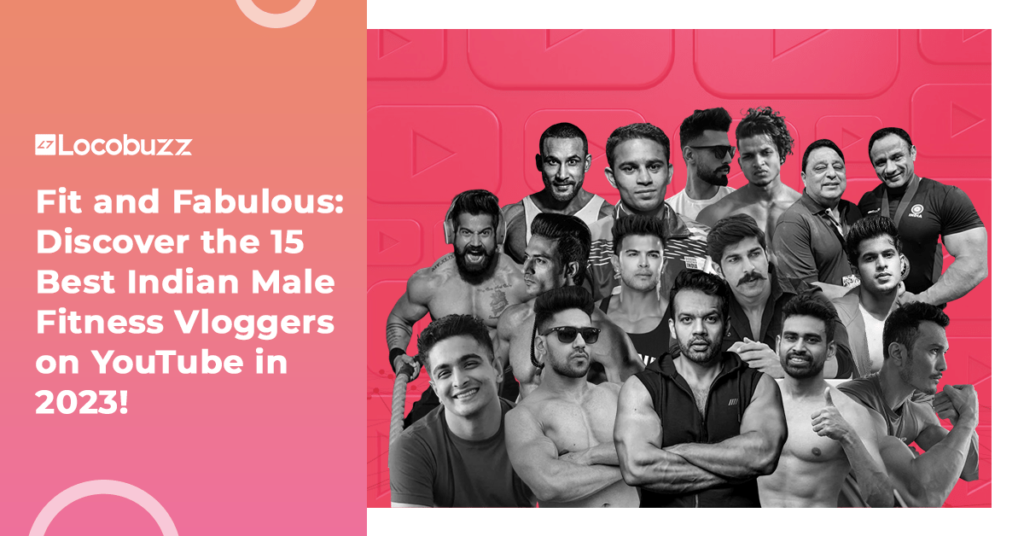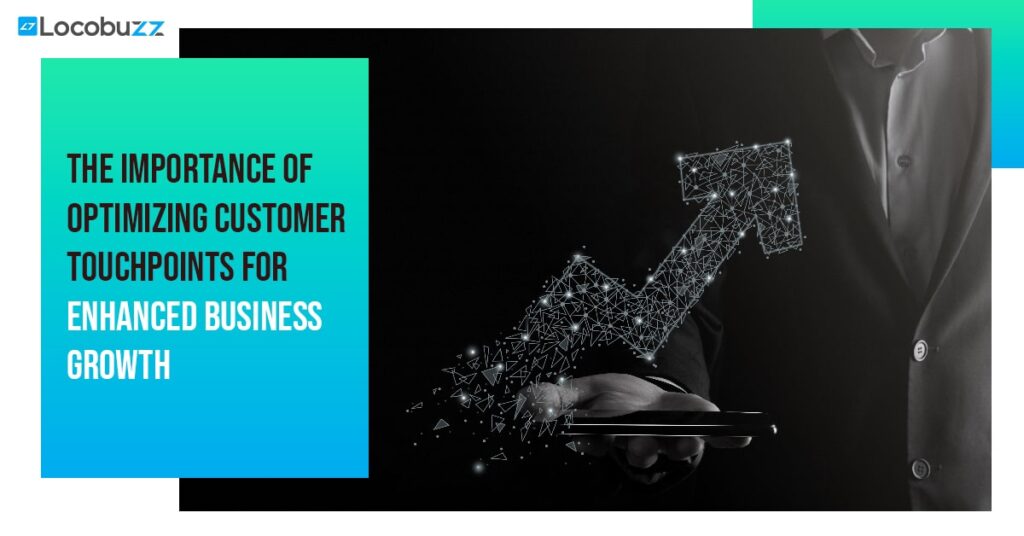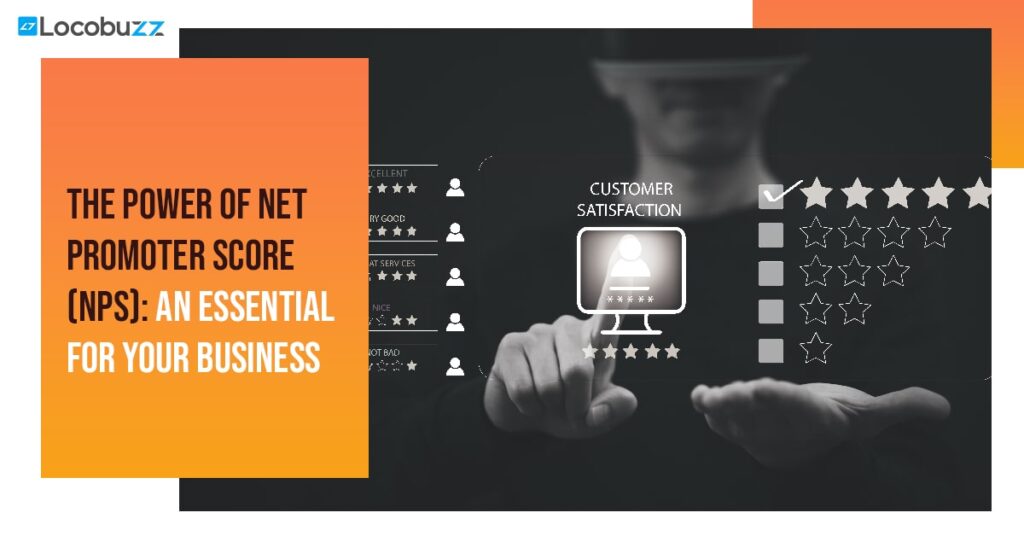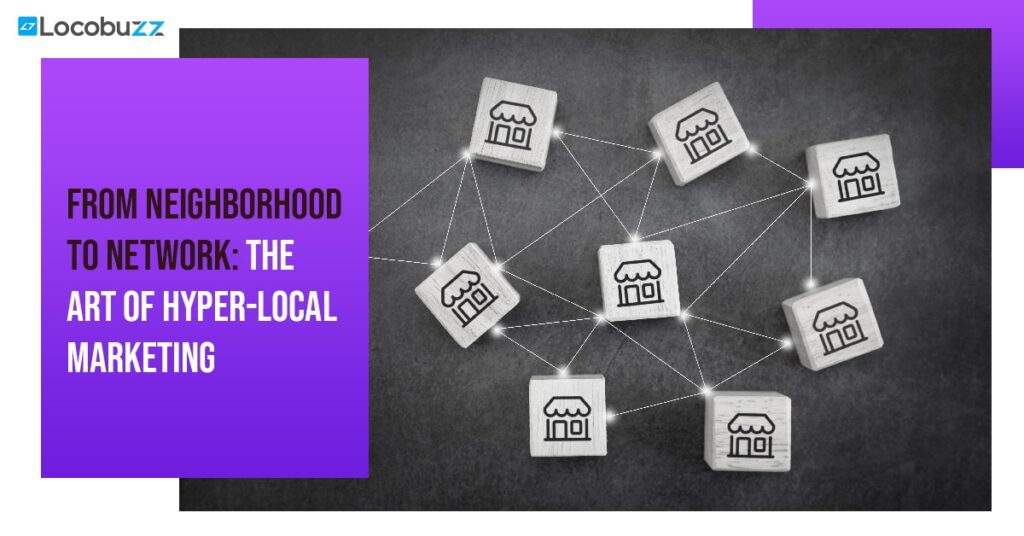Travel YouTube channels in India: Exploring India Through the Lens with Best 15
Exploring India through the Lens: The Top 15 Travel YouTubers Welcome to a world of breathtaking scenery and mind-boggling adventures! With its vibrant culture and diversified natural beauty, India has attracted travellers looking for one-of-a-kind experiences. In this digital age, travel YouTubers have become the go-to tour guides, capturing the spirit of India in their captivating videos. Join us as we delve into India’s top fifteen travel YouTubers. These daring explorers have mastered the art of storytelling, sending us on hypothetical experiences that fuel our wanderlust. Their videos, which incorporate insider information and personal experiences, reveal India’s true character, from ancient ruins to unknown gems. Pack your virtual luggage for a thrilling tour through India’s stunning landscapes. Let us learn about the artists who have altered our perceptions of this enthralling continent and inspired us to travel across its vibrant metropolises, quiet backwaters, and ethereal alleyways. Note: Because the travel and entertainment sectors are always evolving, the list of top Indian travel YouTubers is subject to change. However, at the time of writing, these eight artists had already made a name for themselves through their great narratives, command of the cinema medium, and ability to immerse audiences in the world of India. Get ready to like, comment, share, and subscribe to the top 15 Indian travel vloggers on YouTube in 2023. Table of Contents Measure the impact of influencers on your brand with Locobuzz Book a free demo List of 15 Best Indian Travel vloggers on Youtube 2023 1. Varun Vagish https://youtu.be/d9YkxVoMd0A With 1.43 million followers, Varun, a travel influencer, is the most popular Hindi YouTuber. According to Doordarshan, India’s national broadcaster, one of the top travel channels on YouTube in India. Varun Vagish, the love interest of millions of visitors, began his career as a journalist after graduating from the Indian Institute of Public Communication in New Delhi with a degree in public communication. The 400 films he made with the content he created while travelling to 25 countries have received 175 million views. Despite his enormous passion for travel, it’s worth noting that he never imagined it would one day become his profession. Varun Vagish received the National Award from the government in appreciation of his outstanding work in promoting travel. YouTube channel -MOUNTAIN TREKKERChannel Started In 2007Subscribers: 14.5 Lakhs 2. Mohit Manocha https://www.youtube.com/watch?v=_tvxbNtl6P0 Mohit Manocha, a well-known Indian travel vlogger, has established himself as the second most watched individual in this category on YouTube. He has visited over 25 countries in a relatively short amount of time (only three years), exhibiting his ravenous appetite for exploration. Mohit, a native of Faridabad, began his professional career as an IT entrepreneur before venturing into the world of YouTube vlogging. He made the courageous decision to relocate to Canada in 2019, where he cherishes special occasions with his family. His YouTube channel has 1.3 million subscribers, indicating its outstanding performance. Mohit diligently creates vlogs every day, which he quickly uploads to his devoted audience. His writing primarily focuses on solo travel on a budget and seeing new cultures. In just three years as a travel YouTuber, he has posted over 560 videos. YouTube channel -TRAVELING DESIChannel Started In 2018Subscribers: 14.6 Lakhs 3. Deepanshu Sangwan https://www.youtube.com/watch?v=xZL8US320YM Deepanshu Sangwan, an Indian travel YouTuber, has hitchhiked over 50,000 kilometres and visited over 25 countries on his own. He holds a degree in BBA (Marketing) and worked as a sales executive before transitioning to travel vlogging. In 2017, he embarked on his first solo trip to Thailand after watching a video about travelling without funds. Deepanshu prefers hitching and couchsurfing and focuses on sharing off his raw travel footage. He drew attention by visiting disputed areas in Azerbaijan, prompting the Ministry of Foreign Affairs of the Republic of Azerbaijan to include his name. YouTube channel -NOMADIC INDIANChannel Started In 2017Subscribers: 10.8 Lakhs 4. Navankur Chaudhary https://youtu.be/R9Il95_qxlg Navankur Choudhary, an Indian travel vlogger, is from a middle-class family in Mumbai. He started the Yatri Doctor YouTube channel to pursue his passion for travel. In October 2017, he began filming his trips and has now visited Malaysia, Singapore, Russia, the Maldives, Sri Lanka, Nepal, and Japan. His excursions, which were initially paid for by his parents, drew attention, and his YouTube channel began to earn money. While his Yatri Doctor channel’s earnings are unknown, his second channel, Navankur Choudhary, earned $1,000,000 between July 2018 and June 3, 2020. YouTube channel -YATRI DOCTORChannel Started In 2017Subscribers: 7.72 Lakhs 5. Tanya Khanijow https://youtu.be/ehmsJLZlCZ0 Tanya Khanijow, who was born in Delhi in 1993, is well recognised on YouTube as one of India’s most remarkable female travel vloggers. She has had a significant impact on the travel world as a result of her keen interest in both solo travel and filmmaking. Tanya decided to leave her corporate job and pursue her dream of touring the world after graduating from Delhi College of Engineering with a B.Tech in Electrical Engineering. As a result of this life-changing experience, she chose to make travel her career. Tanya has released over 140 captivating videos in which she takes her viewers on remarkable journeys. She also has a YouTube channel called “Living with Tanya,” where she discusses her daily life. Tanya has established herself as a significant figure among Indian travel vloggers as a result of her hard work and talent, urging others to step outside of their comfort zones and discover the world’s treasures. YouTube channel -TANYA KHANIJOWChannel Started In 2018Subscribers: 7 Lakhs 6. Kritika Goel https://youtu.be/X0RF1TDEBfY Kiki, also known as Kritika Goel, is an Indian YouTube travel vlogger. After graduating with a degree in Programmer Advertising & Marketing Communication, she left her corporate job to travel extensively. Kiki has travelled to eight different countries, including Dubai, Bali, Iceland, Thailand, Vietnam, Singapore, the Czech Republic, and Kazakhstan, and has over 260 videos on her YouTube account. She has a huge fan base as a result of her captivating content and perseverance, making her one of the top Indian female travel vloggers in 2023.
Travel YouTube channels in India: Exploring India Through the Lens with Best 15 Read More »










